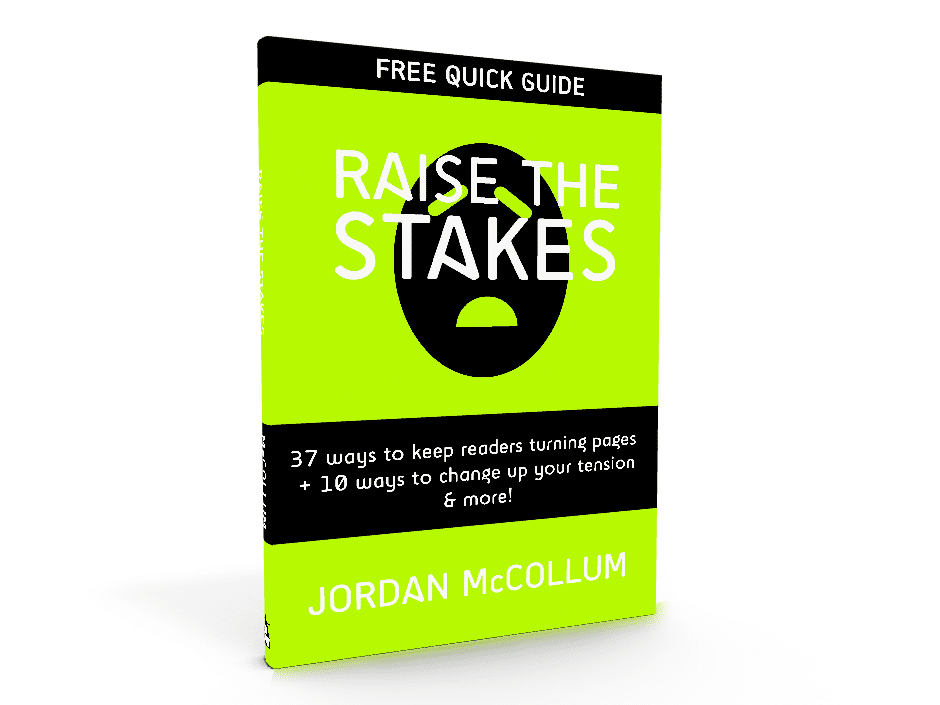Once again, we’re at the “end” of the series on backstory. In this first iteration of the series, we focused on the standard uses of backstory (character motivation and trying to make characters look sympathetic) and the standard delivery of backstory (“shards” designed to clarify the story).
This “201” take focused more on the special category of stories where the present story is all about discovering “truth” through discovering the past story. This backstory is more than just information that makes a scene make sense; it changes the entire way the character views the world (maybe we could say that it makes their whole world make more sense).
The example I keep using is in The Secret Life of Bees, where Lily is trying to find out the truth about her mother’s death (and her life). It’s been a while since I read it, but if I remember correctly, there are very few instances where backstory’s sole purpose is to justify a character’s action in the present. The backstory revelations aren’t incidental to the scene and the characters; when they come, they’re the purpose of the scene and have a big impact on the character and her journey.
It’s a special use of backstory, definitely, and not the “usual” use. But no matter how we use backstory, it can enrich our characters and our story—as long as it’s not like this:
What do you think? Have you ever seen this use of backstory (the good example or the bad one)? What all would you say is “bad” about the cartoon example?


